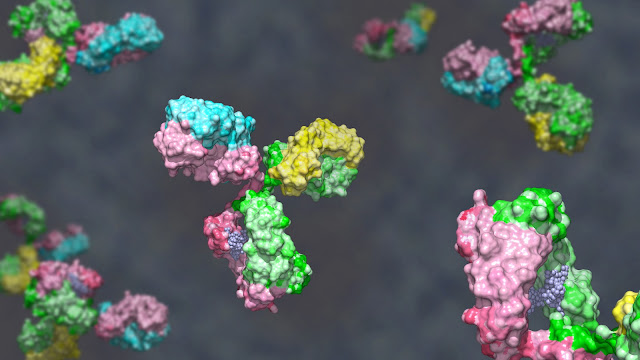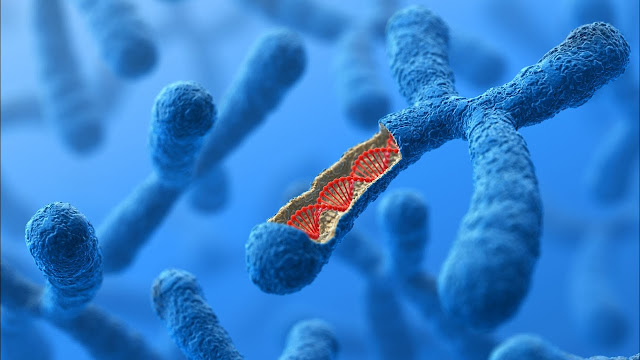Next Generation Sequencing Is A Type of Parallel Sequencing Technology, Which Offers Very High Speed, Scalability, and Throughput
Next
generation sequencing (NGS) has a multitude of applications, enabling rapid
technological progress in many fields of biological science. This technology is
being used to resequencing the human genome to discover the genetic factors
that lead to disease. In addition to its potential to find new medical
treatments, NGS has also helped researchers gain significant knowledge about
many different organisms, from plants to animals. In regions such as Germany,
the increasing prevalence of biotechnology companies has increased the usage of
next generation sequencing. For instance, according to BIO Deutschland, there
are around 679 biotechnology companies in Germany.
The
Global
Next Generation Sequencing Market is estimated to be valued at US$ 42.958 million in 2022
and is expected to exhibit a CAGR of
4.3% during the forecast period (2022-2030).
Next
generation sequencing begins by identifying a sample's genetic material, either
RNA or DNA. Next, a process known as short-read sequencing fragments the sample
into 100 to 300-base pair reads. Adapters are then added to the DNA so that the
reads can be sequenced. The sequences can be enriched and targeted to a
specific sequence, enabling them to be pieced back together to form a complete
genomic sequence.
Whole
exome sequencing is a more comprehensive method of next-generation sequencing,
capturing all of a gene's protein-coding sequences. Whole-exome sequencing
encompasses approximately 22,000 genes. Whole-exome sequencing also captures
the flanking sequences, which can harbor genetic variants. Several technologies
rely on hybridization for whole-exome sequencing, while targeted exonic regions
can be captured using oligonucleotide probes. Next, libraries are prepared and
sequenced using a next generation sequencing platform.
Next
generation sequencing technology
has revolutionized molecular biology by enabling scientists to analyze genomes
and RNA much more efficiently than with traditional methods. Next generation
sequencing can produce millions of short-read sequences in less time than
traditional methods. And with this rapid sequencing technology, it is possible
to study a variety of diseases. And next-generation sequencing has enabled the
study of DNA-protein interactions and many other biological processes.
Depending
on the question being asked, the best next generation sequencing strategy will
differ between clinical and research applications. In clinical genetics,
high-quality and consistent data from next generation sequencing is essential
for making informed decisions about disease treatment. This information has
both economic and psychological implications. Thus, the best sequencing method
must be validated from the pre-analytical to post-analytical phases. This
ensures quality results and a more accurate diagnosis.




Comments
Post a Comment